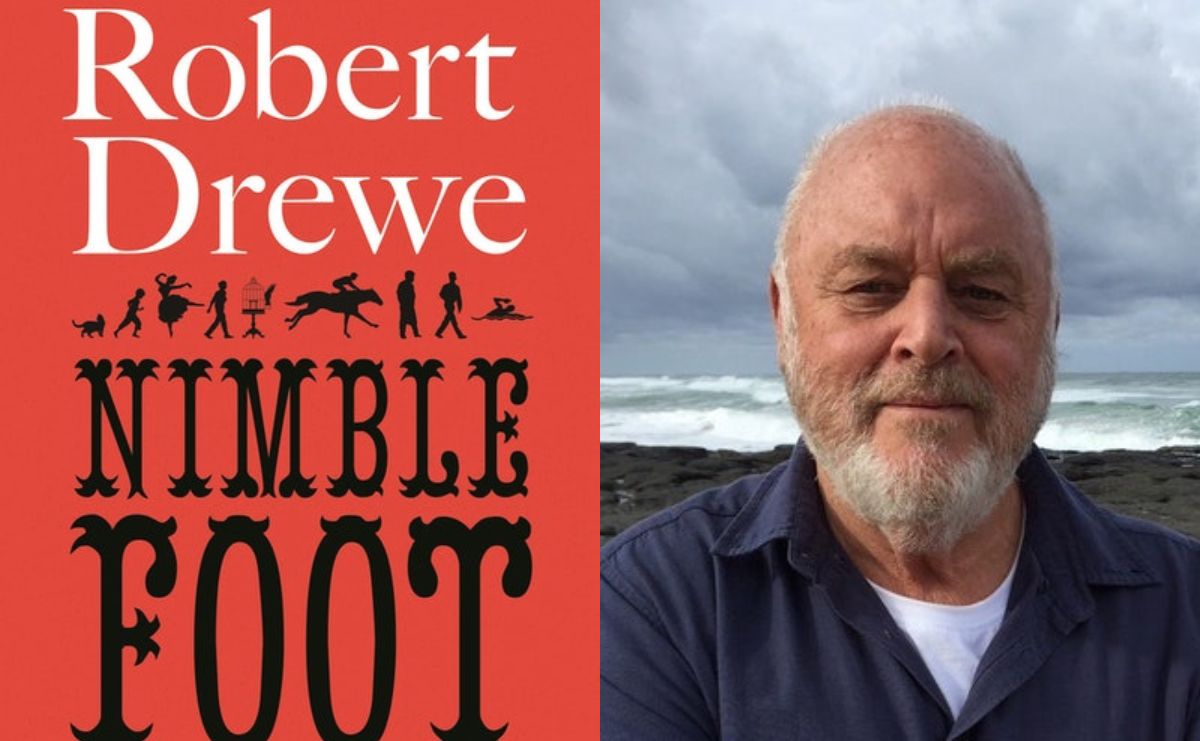Johnny Day was a world champion in the sport of pedestrianism (the name given to a precursor to competitive walking) before he hit puberty. The National Portrait Gallery records that by 1866, when he turned 10, he had won 101 walking races around the world competing against grown men. Despite his success, he did not stick to pedestrianism but instead began racing horses.
In 1870, at age 14, he won a contentious Melbourne Cup riding a horse named Nimblefoot. This could easily be folk myth, but it is all true. It is also where the story runs cold. Day’s gallery biography says he died aged 28 of Addison’s disease but does not shed any light on what happened in the intervening 14 years. It also does nothing to explain why he failed to attain the folk hero status his life story seems to deserve.
This is the historical backdrop of Robert Drewe’s eighth novel Nimblefoot. It would do the book a disservice, however, to say that this story is what the novel is about. To be sure, Day is the main character but his pedestrian and equestrian careers are covered off inside the novel’s first third and the question which clearly animated Drewe in writing it is: what next?
Given the real life Day’s story is so remarkable, there is poetic justice in Drewe’s answer to the question being equally extraordinary. Without wishing to spoil the intricate series of surprises Drewe has constructed, the answer involves Royal intrigue, police malfeasance and a cameo from Anthony Trollope. The risk in such a freewheeling and eclectic plot is that the novel will fail to cohere. At times, that criticism is borne out. It doesn’t help that the narrative perspective switches from first person to third person without any apparent justification.
Read: Theatre review: Trust Me, It’s the End of Our World After All
I wondered if Drewe had originally intended to write the entire book in first person and been forced to change tack as it became more ambitious in scope. Apart from the difference in pronouns, there is little stylistic distinction between the chapters which are told from Day’s perspective and those which are not. Drewe allows himself access to Day’s consciousness in the third person which rather begs the question why this structure was necessary.
Such mechanical choices in the construction of the novel do not detract from its readability, however. Drewe’s 19th-century Australia is a colourful cornucopia – to cite the first three elements that spring to mind, he conjures the Australian escapades of Lola Montez; a noted pedestrian nicknamed the Moscow Maestro who competes with a goat around his neck; and butchers who speak backwards (‘retchtub klat’).
The darker sides of Australian history also form part of his rich tapestry. Most importantly to the success of the novel, Drewe has constructed a compelling plot to hang it all together. It abides to the most important rule of folk stories – it is fun to hear.
Nimblefoot by Robert Drewe
Publisher: Penguin
ISBN: 9780143786450
Pages: 288 pp
Release Date: 2 August 2022
RRP: $32.99





